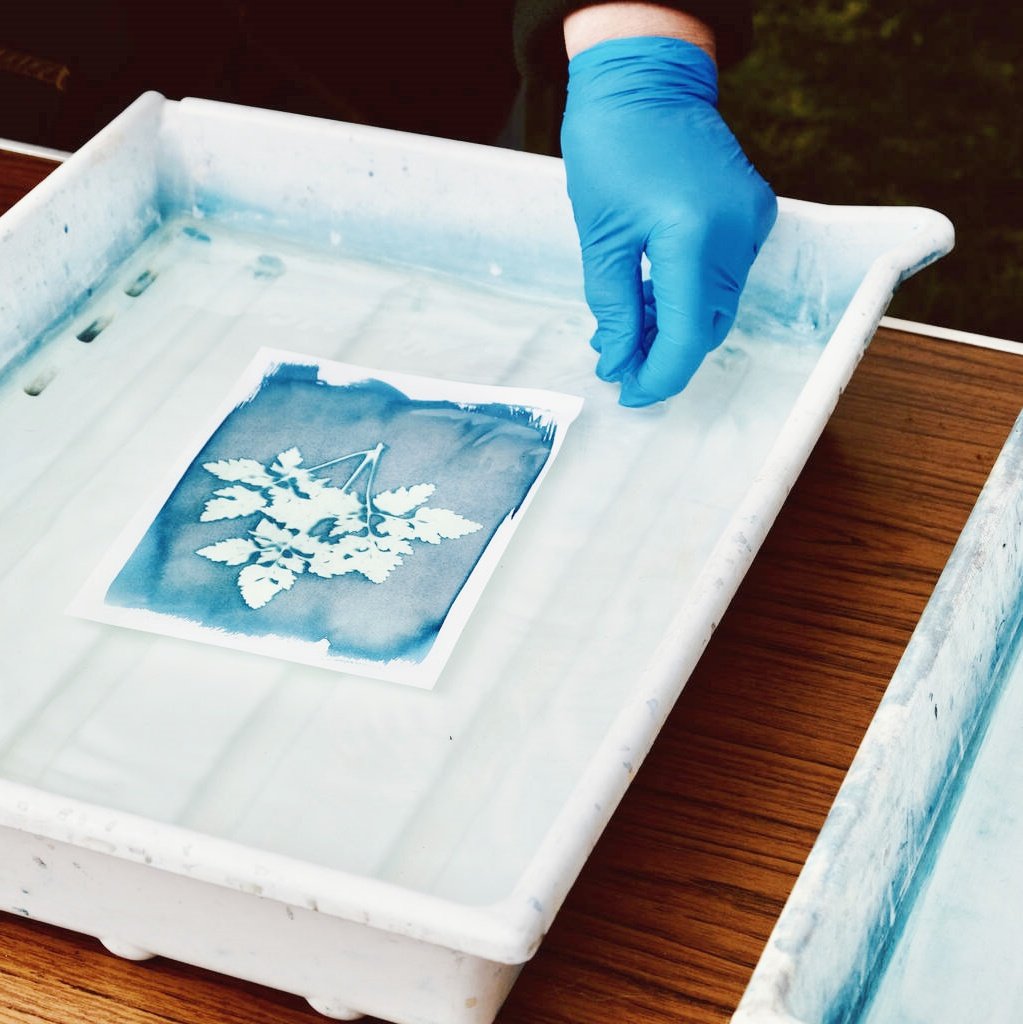In the printing industry, selecting the appropriate Plastisol Ink Pigments is a crucial step in ensuring the quality of printed materials. Pigments not only determine the color performance of printed materials but also directly affect their durability and visual effects.
I. Understanding the Basics of Plastisol Ink Pigments
1.1 Definition of Plastisol Ink Pigments
Plastisol Ink Pigments are the color components in plastisol inks, which are dispersed in resins and plasticizers to form a stable color system. The quality and type of Pigments directly influence the printing effects and the color accuracy of the final product.
1.2 The Role of Plastisol Ink Pigments
Pigments not only give inks their color but also determine the lightfastness, weather resistance, and chemical resistance of printed materials. High-quality Pigments can provide bright, lasting colors while maintaining ink stability and print quality.
II. Key Factors in Choosing the Right Plastisol Ink Pigments
2.1 Color Accuracy
Color accuracy is the primary factor in selecting Pigments. Different Pigments exhibit varying color performances and color gamuts, so it is necessary to choose Pigments based on the color requirements of the printed materials.
Plastisol ink pigments play a vital role in color accuracy. The correct choice of Pigments can ensure that the colors of printed materials match expectations and meet customer color requirements.
2.2 Lightfastness and Weather Resistance
Lightfastness and weather resistance are important indicators for assessing Pigment quality. High-quality Pigments can maintain bright colors after long-term exposure to sunlight or harsh environments without fading.
The lightfastness and weather resistance of plastisol ink pigments directly affect the durability and lifespan of printed materials. Therefore, when selecting Pigments, special attention should be paid to their lightfastness and weather resistance test data.
2.3 Chemical Resistance
Printed materials may come into contact with various chemicals, such as cleaners and solvents. Therefore, choosing Pigments with good chemical resistance is crucial.
The chemical resistance of plastisol ink pigments determines the color stability of printed materials when exposed to chemicals. Pigments with strong chemical resistance can maintain their color and improve the durability of printed materials.
2.4 Environmental Performance
With the increasing awareness of environmental protection, more and more customers are paying attention to the environmental performance of inks. Choosing non-toxic, harmless, and recyclable Pigments can help enhance product market competitiveness.
The environmental performance of plastisol ink pigments is also an important factor to consider when selecting them. Eco-friendly Pigments not only comply with regulatory requirements but also reduce environmental impact, enhancing corporate social responsibility.
III. Considering Market Factors in Choosing Plastisol Ink Pigments
3.1 Regional Market Characteristics
Different regions have varying demands and preferences for Plastisol Ink Pigments. For example, in the Philippines plastisol ink philippines, due to the hot and humid climate, customers may pay more attention to the weather resistance and chemical resistance of Pigments.
Understanding the characteristics of the target market helps in selecting suitable Pigments to meet local customer needs. At the same time, staying informed about market dynamics and trends and adjusting product strategies in a timely manner are also important ways to improve market competitiveness.
3.2 Price Factors
Price is one of the important factors influencing Pigment selection. There are significant price differences between different brands and types of Pigments, and choices need to be made based on budget and cost-effectiveness.
In India plastisol ink price in india and the Philippines plastisol ink price philippines, due to factors such as raw material prices, production costs, and market competition, the prices of Plastisol Ink Pigments also vary. Therefore, when selecting Pigments, price factors need to be considered comprehensively to ensure optimal cost-effectiveness.
IV. The Application of Photoshop in Plastisol Ink Pigments Selection
4.1 Color Preview and Adjustment
Design software such as Photoshop is widely used in the printing industry for previewing and adjusting the color effects of printed materials. Photoshop can simulate the color performance of different Pigments on printed materials, helping customers choose suitable Pigments.
4.2 Color Management
Color management is an important means to ensure color consistency in printed materials. The color management function of Photoshop can calibrate and adjust the color parameters of printing equipment to ensure that printed materials match the expected colors.
When selecting Plastisol Ink Pigments, the color management function of Photoshop can be utilized for previewing and adjustment to improve the color accuracy of printed materials and customer satisfaction.
V. Case Studies: How to Choose the Right Plastisol Ink Pigments
5.1 Case Study: Garment Printing
In garment printing, bright colors and washability are the main customer requirements. Therefore, when selecting Pigments, special attention needs to be paid to their color performance and washability.
A garment printing enterprise chose Pigments with high color brightness and washability, successfully meeting customer needs. These Pigments performed well during the printing process, with bright and lasting colors that were resistant to washing and fading.
5.2 Case Study: Advertising Signs
Advertising signs need to withstand long-term exposure to wind, sunlight, and harsh weather conditions. Therefore, when selecting Pigments, special attention needs to be paid to their lightfastness and weather resistance.
An advertising sign manufacturing enterprise chose Pigments with high lightfastness and weather resistance, successfully ensuring the color stability of advertising signs when exposed to outdoor environments for extended periods. These Pigments not only had bright and lasting colors but could also resist UV erosion and harsh weather conditions.
5.3 Diversity and Selection of Plastisol Ink Pigments
Plastisol Ink Pigments are diverse, including organic pigments, inorganic pigments, fluorescent pigments, etc. Different types of Pigments have different characteristics and application scenarios.
When selecting Pigments, comprehensive consideration should be given to factors such as the purpose of the printed materials, color requirements, and cost budget. At the same time, attention should also be paid to the dispersion, stability, weather resistance, and other performance indicators of Pigments to ensure the quality and durability of printed materials.
5.4 Environmental Trends in Plastisol Ink Pigments
With the increasing awareness of environmental protection, more and more customers are paying attention to the environmental performance of inks. Choosing eco-friendly Plastisol Ink Pigments not only complies with regulatory requirements but also reduces environmental impact.
Eco-friendly Pigments usually have low toxicity and low volatility, reducing harm to workers and the environment. At the same time, these Pigments also have good recyclability and biodegradability, contributing to resource recycling and waste reduction.
5.5 Market Prospects for Plastisol Ink Pigments
With the continuous advancement of printing technology and changing market demands, the market prospects for Plastisol Ink Pigments are broad. Especially in packaging printing, advertising printing, garment printing, and other fields, the application of Plastisol Ink Pigments will become increasingly widespread.
At the same time, with increasingly strict environmental regulations and consumers’ heightened awareness of environmental protection, eco-friendly Plastisol Ink Pigments will gradually become the mainstream in the market. Therefore, as suppliers of Plastisol Ink Pigments, it is necessary to closely monitor market dynamics and technological trends, continuously research and innovate eco-friendly and high-performance Pigment products to meet customer needs and market changes.
Conclusion
Choosing the right Plastisol Ink Pigments is crucial for ensuring the quality and customer satisfaction of printed materials. By understanding the basics of Pigments, key factors, market characteristics, and Photoshop applications, we can better select Pigments that meet customer needs.
At the same time, as suppliers of Plastisol Ink Pigments, we need to closely monitor market dynamics and technological trends, continuously research and innovate eco-friendly and high-performance Pigment products to meet customer needs and market changes.
In future development, we will continue to be committed to providing high-quality Plastisol Ink Pigments and services, making greater contributions to the development of the printing industry.


